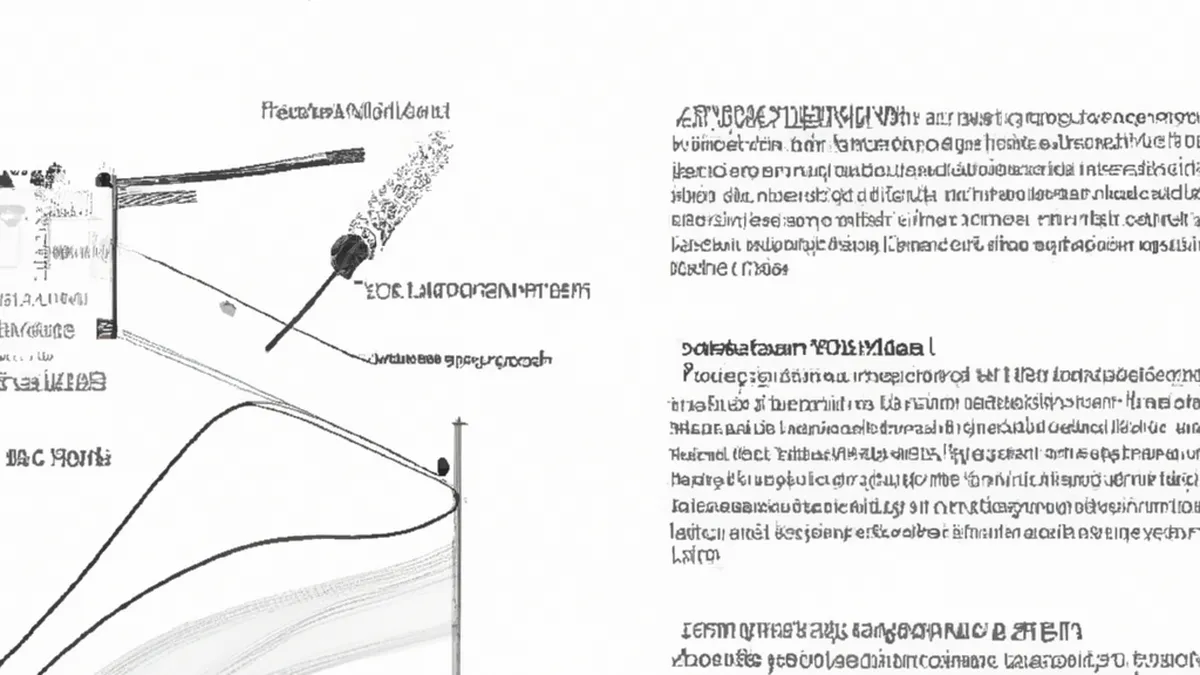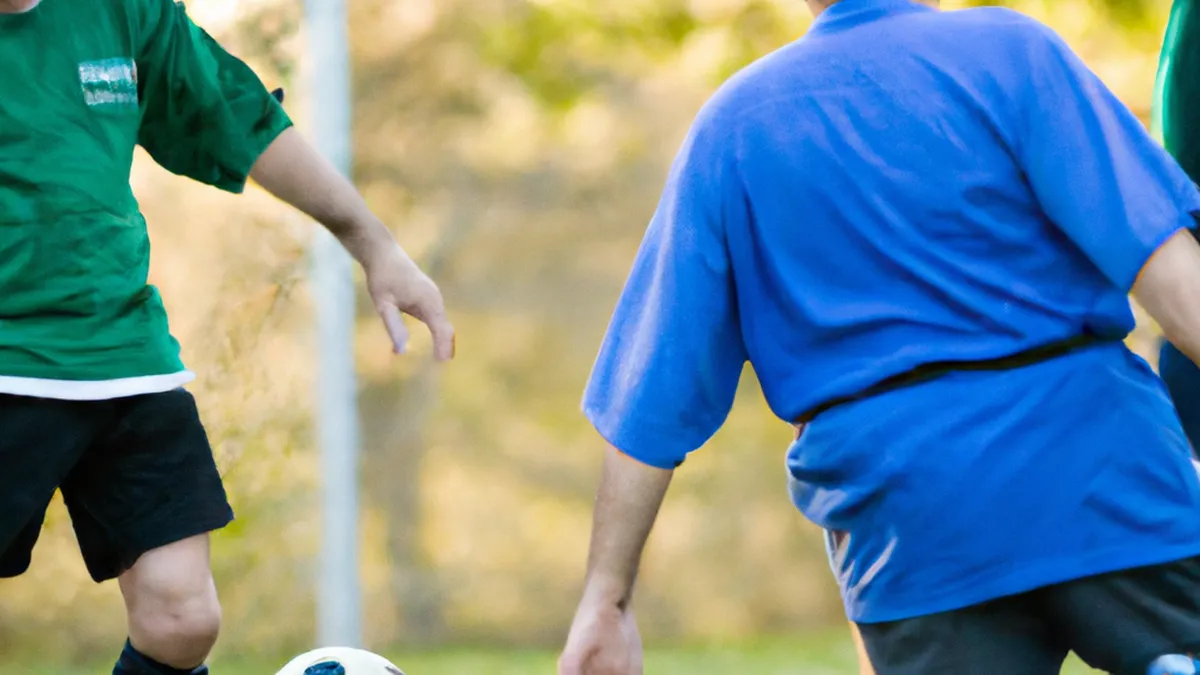Examine Terrain’s Role in Ski Readiness
How to Analyze the Effects of Terrain on Ski Conditioning
Skiing requires strength, endurance, and agility. The terrain significantly influences your conditioning. Whether you ski on groomed slopes or backcountry trails, understanding the terrain’s effects is essential. This guide helps you analyze these effects and prepare for skiing.
Understanding Terrain Types
Understand different terrain types before analysis. Each type presents unique challenges.
Groomed Slopes
Groomed slopes feature smooth, maintained trails. They have a consistent gradient, which benefits beginners. Skiing on groomed terrain enhances endurance and technique. You can maintain speed and form without obstacles.
Ungroomed Terrain
Ungroomed terrain includes natural trails with bumps and trees. Skiing here demands strength and agility. You must adapt quickly to terrain changes. This skiing challenges balance and requires quick reflexes.
Backcountry
Backcountry skiing takes you off the beaten path. It involves hiking through unmarked areas. This terrain requires cardiovascular conditioning and strength. You will face deep snow, steep inclines, and unpredictable conditions. Prepare your body for a full range of movements.
Analyzing Conditioning Needs
Consider these factors to analyze terrain effects on conditioning.
Strength Training
Different terrains engage different muscle groups. Groomed slopes focus on leg and core strength. Ungroomed terrain demands upper body strength for maneuvering. Use squats and deadlifts for overall strength. Include push-ups and pull-ups for upper body conditioning.
Endurance Conditioning
Endurance is crucial for all skiing types. The demands vary by terrain. For groomed slopes, longer sessions at a steady pace build endurance. Ungroomed trails may require interval training for energy bursts.
Flexibility and Agility
Flexibility and agility significantly impact performance. Ungroomed and backcountry terrains require quick directional changes. Include agility drills in your routine. Ladder drills and cone exercises enhance responsiveness. Stretching regularly maintains flexibility for sudden movements.
Practical Tips for Conditioning
Use these tips to improve conditioning based on terrain type.
Tailor Your Workouts
Customize workouts based on planned skiing terrain. For groomed slopes, focus on endurance. For backcountry skiing, prioritize strength and agility. This targeted approach yields better results.
Simulate Skiing Conditions
Simulate skiing conditions during workouts. Use a ski ergometer or roller skis if possible. These tools mimic skiing motion and improve muscle memory. Incorporate hill sprints to replicate climbing and descending demands.
Track Your Progress
Keep a training log to monitor conditioning. Record workouts, especially terrain-specific exercises. This log helps identify improvement areas. Regularly assess performance and adjust training accordingly.
Benefits of Terrain-Specific Conditioning
Terrain-specific conditioning offers several benefits.
Enhanced Performance
Tailoring conditioning to terrain enhances overall performance. You will ski more efficiently and with greater control. This improvement leads to a more enjoyable experience.
Reduced Injury Risk
Terrain-focused conditioning reduces injury risk. Stronger muscles and better flexibility help handle challenges. This reduces the likelihood of strains and sprains. Enjoy skiing without fear of injury.
Increased Confidence
Terrain-specific conditioning boosts confidence. Training for specific challenges makes a significant difference. You will feel more prepared and capable on the slopes.
Conclusion
Analyzing terrain effects on ski conditioning is essential for every skier. Understand terrain types, tailor workouts, and track progress to enhance performance. This preparation leads to a safer and more enjoyable skiing experience. Gear up, hit the slopes, and embrace skiing’s thrill!
Below are related products based on this post:
FAQ
What are the different types of terrain that affect ski conditioning?
There are three main types of terrain that influence ski conditioning: groomed slopes, ungroomed terrain, and backcountry. Groomed slopes provide smooth, maintained trails suitable for beginners and enhance endurance and technique. Ungroomed terrain presents natural challenges, requiring strength and agility. Backcountry skiing involves unmarked areas and demands cardiovascular conditioning and strength due to deep snow and steep inclines.
How can I tailor my workouts for different skiing terrains?
To tailor your workouts, focus on the specific conditioning needs of each terrain type. For groomed slopes, emphasize endurance through longer, steady sessions. For ungroomed terrain, incorporate interval training to prepare for energy bursts. When preparing for backcountry skiing, prioritize strength and agility through targeted exercises like squats, deadlifts, and agility drills.
What are the benefits of terrain-specific conditioning for skiing?
Terrain-specific conditioning enhances overall skiing performance, reduces injury risk, and increases confidence. By tailoring your training to the specific challenges of each terrain type, you will ski more efficiently and with greater control, leading to a more enjoyable experience. Stronger muscles and improved flexibility also help you handle the unique demands of each terrain, minimizing the likelihood of injuries.















Post Comment